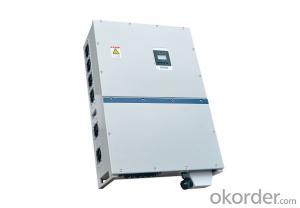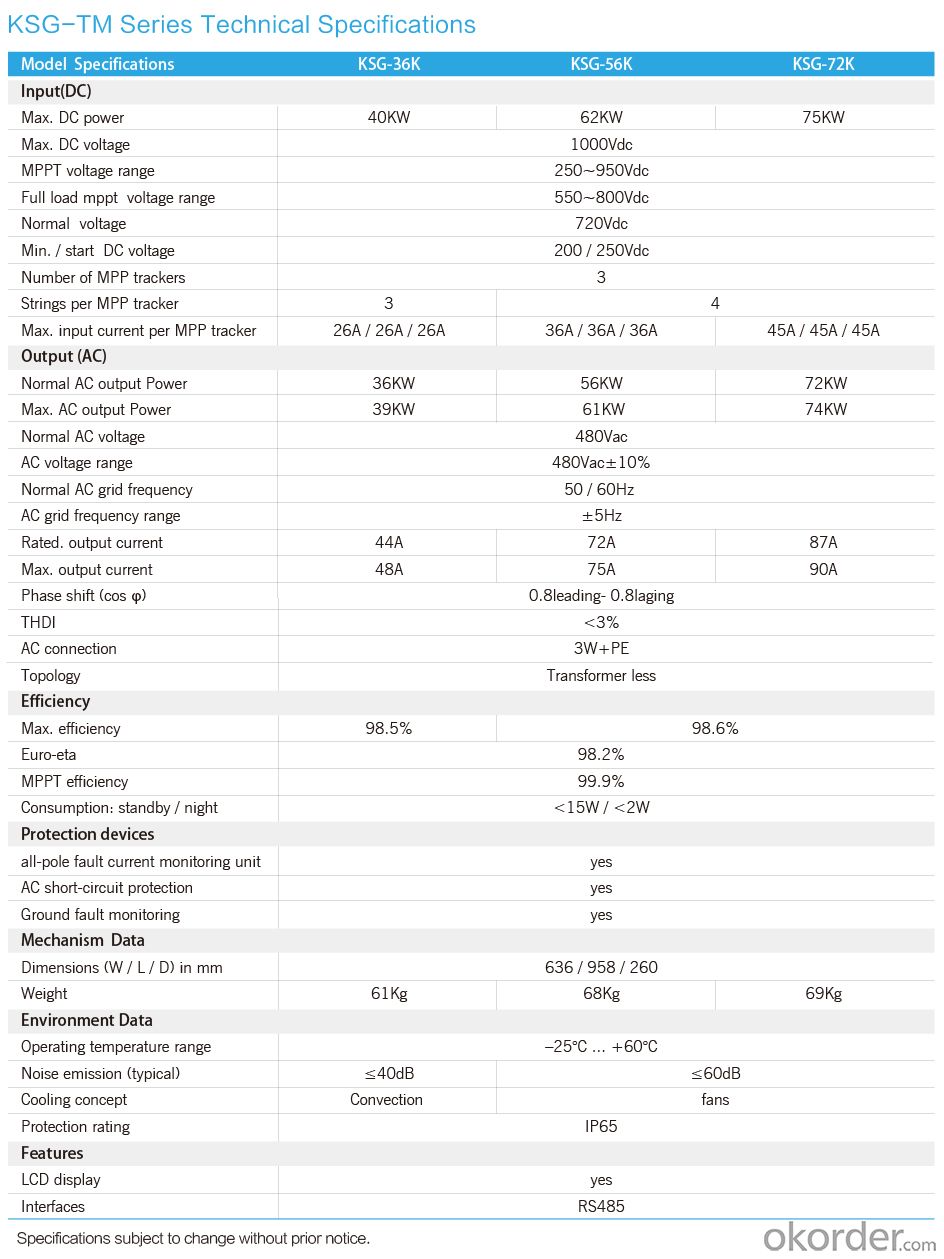String Grid-Tied PV Inverter 36KW/56KW/72KW
- Loading Port:
- Guangzhou
- Payment Terms:
- TT OR LC
- Min Order Qty:
- 10 unit
- Supply Capability:
- 10000 unit/month
OKorder Service Pledge
OKorder Financial Service
You Might Also Like
Product features
· Max PV Voltage up to 1000V
· Three MPPT
· High efficiency up to 98.6%
· IP65 protection
· Easy installation
· Reactive power controller
· Digital controller
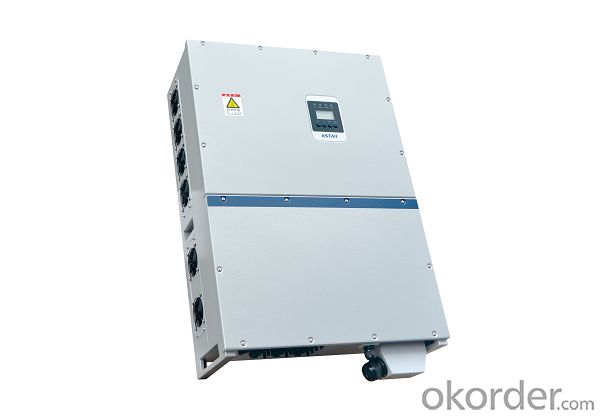
Product Parameter
Q 1. what's the payment term?
A. We accept TT,30% deposit and 70% balance agaisnt copy of BL
Q 2. how's the delivery time ?
A. usually it will take about 25 days for production
Q 3. tell me the standard of package?
A. For the small capacity, it use carton, but for big capacity, we will use strong wooden case for protection.
Q 4. what kind of material of transformer?
A. we have two types, one 100% copper and the other is copper with aluminum.It depends on your requirment. In fact,those two have no difference if normal work well. Only except the longlife. Copper is better and also higer price.
Q 5.Could you offer Form A or C/O ?
A. It totally not a problem. We can prepare relative documents to forgin affairs office or other office to apply for this certificate.

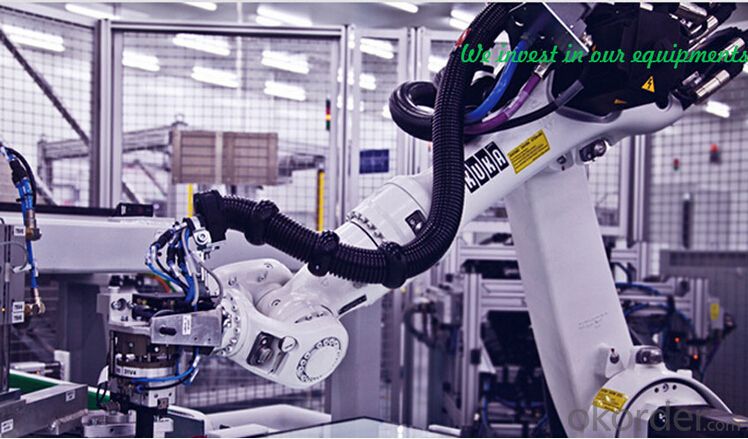
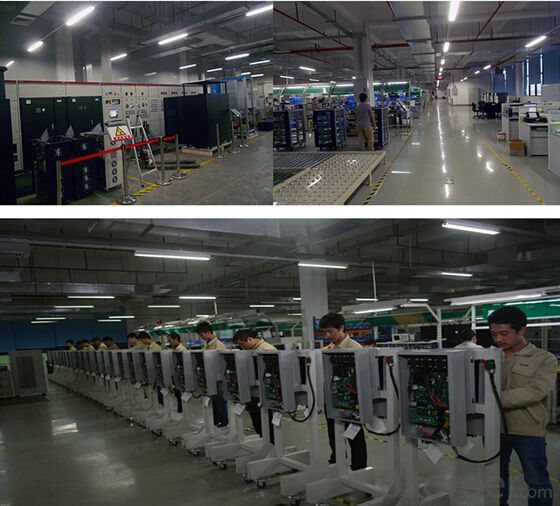
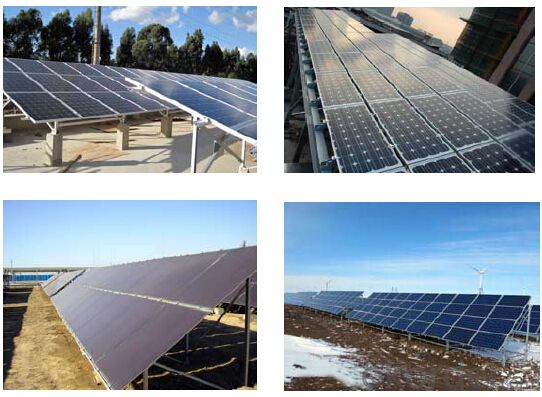
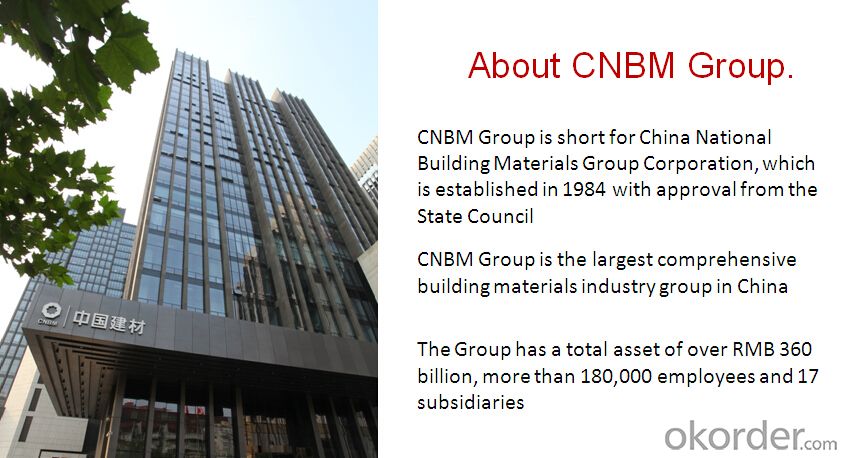

- Q:Can a solar inverter be used in areas with unstable power grids?
- Yes, a solar inverter can be used in areas with unstable power grids. Solar inverters are designed to convert the direct current (DC) generated by solar panels into alternating current (AC) suitable for use in homes or businesses. In areas with unstable power grids, where there are frequent power outages or voltage fluctuations, solar inverters can provide a reliable source of electricity by switching to battery power during grid failures or regulating the voltage to protect sensitive equipment. Additionally, some advanced solar inverters have features like grid support functions or anti-islanding protection, which allow them to operate safely and effectively even in areas with unstable power grids.
- Q:How does a solar inverter handle power surges or fluctuations?
- A solar inverter handles power surges or fluctuations by regulating the flow of electricity. It monitors the incoming power and adjusts the voltage and frequency to match the requirements of the connected devices. In case of power surges, the inverter has built-in protection mechanisms such as surge suppressors or voltage regulators to prevent any damage to the system. Additionally, some inverters feature advanced technologies like Maximum Power Point Tracking (MPPT) that optimize the solar panel's performance and enable better handling of fluctuations in power output.
- Q:How do you choose the right voltage rating for a solar inverter?
- When choosing the right voltage rating for a solar inverter, it is important to consider a few factors. First, you need to determine the voltage of your solar panel array. This will help you match the inverter's voltage rating to ensure compatibility. Additionally, you should consider the voltage requirements of your electrical grid or any appliances you plan to power. The inverter's voltage rating should align with these requirements to ensure efficient energy conversion and safe operation. It is advisable to consult with a professional or an electrical engineer to help you select the appropriate voltage rating for your solar inverter based on your specific needs and system setup.
- Q:Can a solar inverter be used for commercial applications?
- Yes, a solar inverter can be used for commercial applications. Solar inverters are commonly used in commercial settings to convert the direct current (DC) electricity generated by solar panels into alternating current (AC) electricity that can be used to power various commercial appliances and equipment.
- Q:Can a solar inverter be upgraded or expanded?
- Yes, a solar inverter can be upgraded or expanded. Upgrades can involve installing additional features, improving efficiency, or increasing capacity. Expansion can involve connecting multiple inverters in parallel or series to accommodate larger solar installations. However, it is important to ensure compatibility and consult with a professional to ensure the upgrade or expansion is done correctly.
- Q:Can a solar inverter be installed indoors or outdoors?
- A solar inverter can be installed both indoors and outdoors, depending on the specific requirements and preferences of the installation.
- Q:What is the maximum power output of a residential solar inverter?
- The maximum power output of a residential solar inverter typically ranges between 1 kW to 10 kW, depending on the size and capacity of the system.
- Q:What is the difference between a grid-tied and off-grid solar inverter?
- A grid-tied solar inverter is designed to work with the traditional utility grid. It converts the DC power generated by solar panels into AC power that can be used in the home or business, and any excess power can be fed back into the grid. In contrast, an off-grid solar inverter is used in standalone systems, where there is no connection to the utility grid. It converts the DC power generated by solar panels into AC power for immediate use or for storage in batteries, ensuring a reliable power supply in isolated areas or during power outages.
- Q:What is the role of a power optimizer in a solar inverter?
- The role of a power optimizer in a solar inverter is to maximize the energy output of each individual solar panel by constantly monitoring and optimizing its performance. It ensures that each panel operates at its maximum power point, regardless of shading, dirt, or other factors that may affect the overall system performance. By individually optimizing each panel, a power optimizer can significantly increase the overall energy production of a solar system.
- Q:What are the key factors affecting the lifespan of a solar inverter?
- The key factors affecting the lifespan of a solar inverter include the quality of components used in its manufacturing, the design and construction of the inverter, the operating conditions and environment it is subjected to, and the maintenance and care it receives throughout its lifespan.
1. Manufacturer Overview |
|
|---|---|
| Location | |
| Year Established | |
| Annual Output Value | |
| Main Markets | |
| Company Certifications | |
2. Manufacturer Certificates |
|
|---|---|
| a) Certification Name | |
| Range | |
| Reference | |
| Validity Period | |
3. Manufacturer Capability |
|
|---|---|
| a)Trade Capacity | |
| Nearest Port | |
| Export Percentage | |
| No.of Employees in Trade Department | |
| Language Spoken: | |
| b)Factory Information | |
| Factory Size: | |
| No. of Production Lines | |
| Contract Manufacturing | |
| Product Price Range | |
Send your message to us
String Grid-Tied PV Inverter 36KW/56KW/72KW
- Loading Port:
- Guangzhou
- Payment Terms:
- TT OR LC
- Min Order Qty:
- 10 unit
- Supply Capability:
- 10000 unit/month
OKorder Service Pledge
OKorder Financial Service
Similar products
New products
Hot products
Hot Searches
Related keywords
